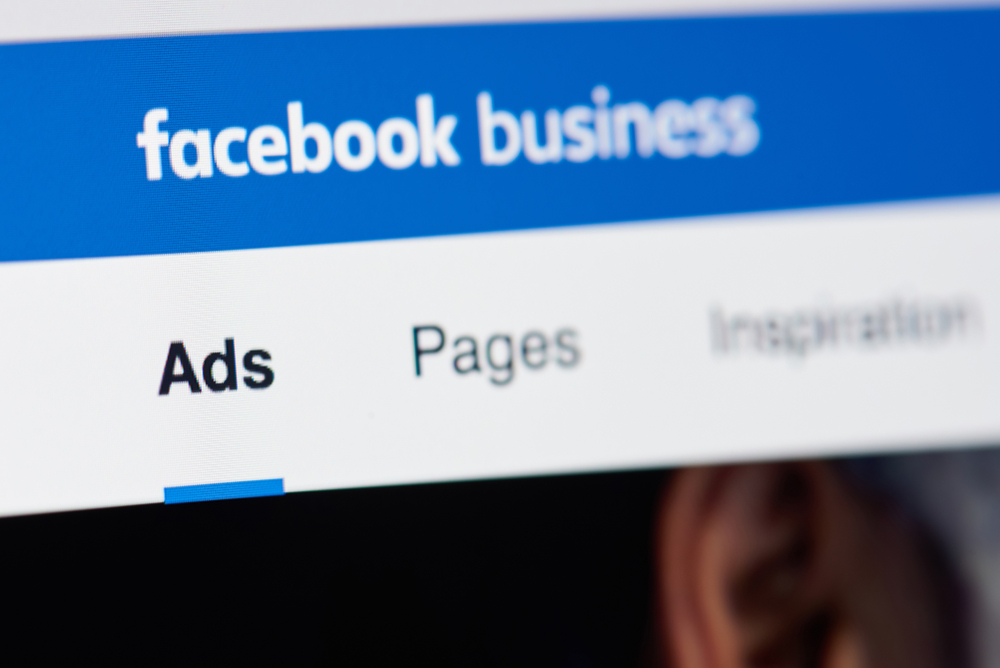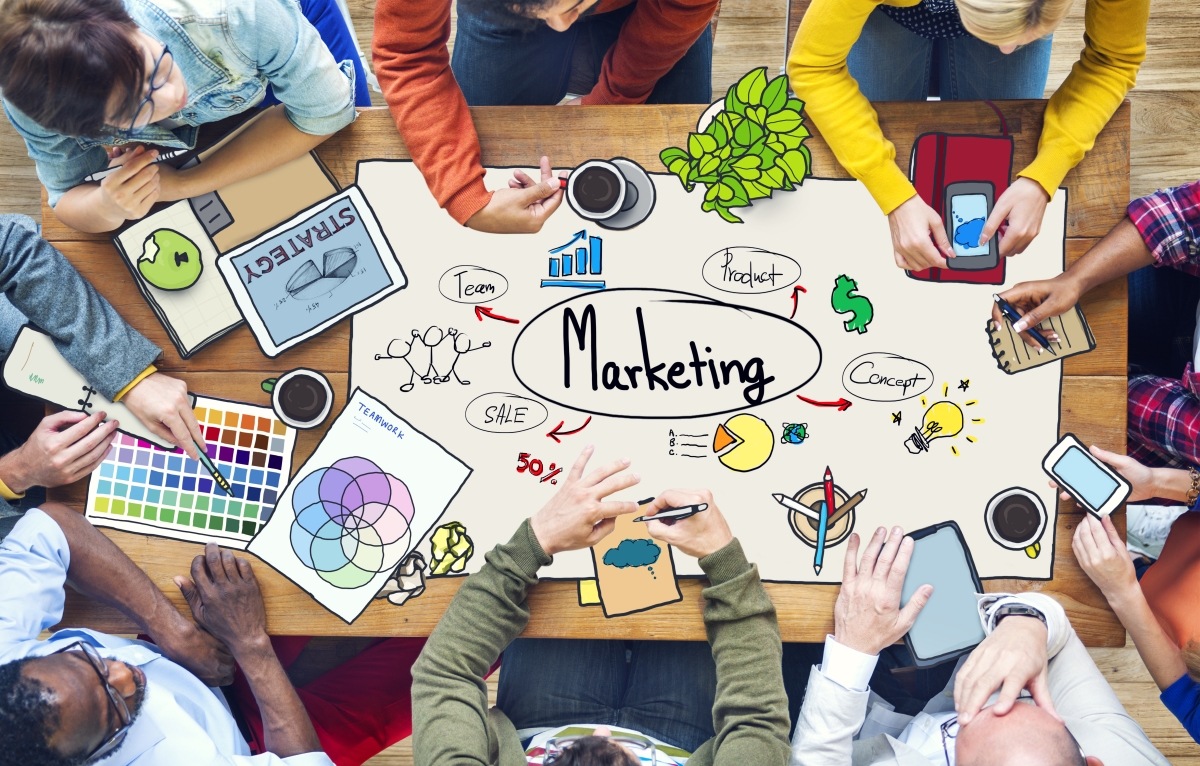Waking Up the Economy with Digital Ads
As our 50 states teeter and totter to re-open the country’s economy amid Covid-19, they may be wise to recall one important business-minded tip that America learned after 9/11: marketing drives commerce.
Ad Age’s executive editor Judith Pollack reminds us of General Motors’ ‘Keep America Rolling’ campaign that propelled the automotive company after the fear and uncertainty following the 2001 disaster. Automotive News notes that Ford is taking its own advice once again, now offering tempting incentives and financing for prospective buyers. Many other top brands are following suit. But unlike 19 years ago, this generation of marketing during a crisis has a better and more formidable ally: digital advertising.
Digital ad platforms already have teamed up with the Ad Council, the White House, the Centers for Disease Control and the U.S. Dept. of Health and Human Services to donate ad space for urgent and helpful public messages. And with millions of people using their mobile devices more than ever before, the power of digital advertising is soaring. Unlike print advertising which has shrunk during the pandemic, digital consumption—from TV viewership to in-home media, streaming services, and gaming—climbed exponentially. The result: digital ads are being prioritized. This bodes well for direct-response campaigns which encourage quick consumer purchases. A recent article in World Economic Forum reported that Facebook and Google saw better-than-anticipated first-quarter revenues.
Digital advertising also keys in on the granular nature and benefits of a customer-segmented marketing campaign which seeks to zoom in on ideal customers and find look-a-likes in the market to increase sales to the target audience. Especially in these uncertain times, finding the right audience and deploying ads to your target market is more important than ever before.
For example, Hedley and Bennett, a Los Angeles-based culinary brand, leaned on digital advertising to parlay the crisis into a newfound relationship with its customers. The company relied heavily on digital marketing channels to broaden their reach and informed their customers about critical Covid-19 facts while offering socially responsible incentives (e.g., buy one/give one mask to first responders). In turn, they reported increasing their customer base. In effect, digital advertising served three purposes: community outreach, retention of existing customers—a caveat in the marketing world—and innovative growth in business with home cooking lessons, interviews with celebrity chefs and corresponding product promotions.
The Covid-19 marketing world is admittedly uncharted territory, but with the quick and granular benefits of digital advertising, selling to a world that is currently embracing online platforms, may be one of the few constants.













